Woman Wanted
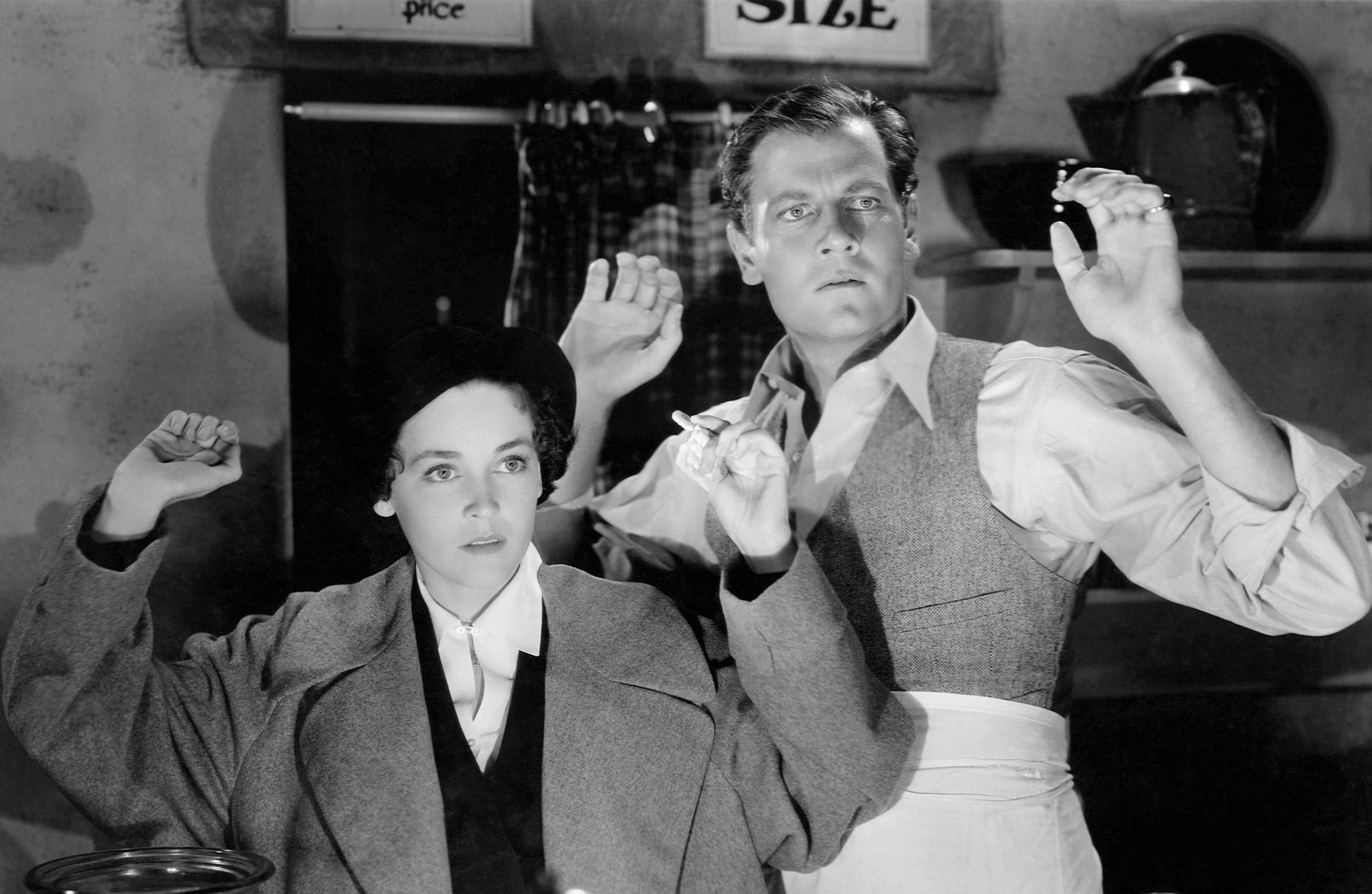
Brief Synopsis
Cast & Crew
George B. Seitz
Maureen O'sullivan
Joel Mccrea
Lewis Stone
Louis Calhern
Edgar Kennedy
Film Details
Technical Specs

Synopsis
While awaiting the verdict in her murder trial, Ann Gray, charged with killing gangster Ted Arnold, flirts with attorney Tony Baxter across the courthouse light well. After Ann is found guilty of first-degree murder she is taken to jail, but she manages to escape with the help of gang leader Smiley, who wants to keep her out of jail because he believes that she posesses information that is of value to his operation. Though Ann escapes from the police, she does not fall into the hands of Smiley as planned, but instead finds a ride with Tony, who is unaware that Ann was on trial or that she is a fugitive. While an all-points bulletin is issued for Ann's capture, Tony takes her back to his apartment. Sweeney, the house detective in Tony's building, takes notice of Ann's picture in the newspaper and realizes that it was she who accompanied Tony to his apartment. Before Sweeney is able to call the police and accuse Tony of harboring the fugitive, Betty Randolph, Tony's fiancée, arrives, and with the help of Peedles, his personal valet, Tony makes it appear as if Sweeney mistook Betty for the fugitive. After the detectives and Betty leave, Tony, convinced of Ann's innocence, offers to help her. Ann explains that she was naive when she arrived in New York and unwittingly fell in with the racketeers. She also admits that she was taken advantage of by gangster Monk Shelby. When Shelby calls Ann at Tony's and asks her to meet him, Tony agrees to drive her to him. Unknown to Ann and Tony, Shelby was forced to place the call by Smiley, who then shot the caller. Once they arrive at the designated rendezvous point, Ann and Tony are taken hostage by Smiley, but they soon escape by crashing their car through a wall. They then flee to Ma Purdy's, a deserted roadside diner, where they pose as the proprieters of the place when the constable shows up. The constable arrests Ann and Tony for breaking into Ma Purdy's, but before he can haul them off, they ply him with applejack and get him drunk. As soon as the constable passes out, Ann and Tony steal his car and kiss. When they return to Tony's, Peedles informs his boss that the police had been by inquiring about his car. Later, Tony is called into district attorney Martin's office, where he is told that Monk Shelby's body was found in a ditch near his car. Meanwhile, Ann, realizing that Tony may get into trouble on her account, calls Martin to surrender, and then prepares to commit suicide. Just as she is about to shoot herself, a hand reaches from behind to stop her and a shot rings out. When Martin arrives at Tony's to collect Ann, he finds Ann gone and Peedles on the ground with a shotgun wound. Acting on the only clue he has, Tony suggests that Martin go to Smiley's nightclub, the Show Boat Cafe, where he thinks that they will find the mobsters and Ann. Tony, Martin and the police arrive, and a fistfight ensues, followed by a shootout. Smiley is arrested and Tony is told that Shelby, who is still alive, has confessed to Arnold's murder. Ann, now vindicated, speeds away in a motor boat with Tony.

Director
George B. Seitz
Cast

Maureen O'sullivan

Joel Mccrea
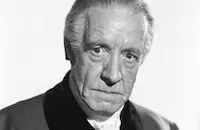
Lewis Stone

Louis Calhern

Edgar Kennedy

Adrienne Ames
Robert Grieg
Noel Madison
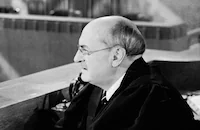
Granville Bates

William B. Davidson
Richard Powell
Erville Alderson
Gertrude Short
Stanley Andrews
Bob Murphy
John Dilson
Phil Tead
Marg G. Bradley
Hector V. Sarno
Gayne Whitman
Margaret Bloodgood
Carl Stockdale
Frank Sheridan
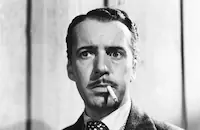
Boyd Irwin Sr.
Harry Mccoy
Nora Cecil
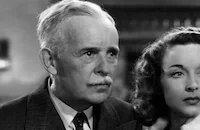
Howard C. Hickman

Eddie Kane
James P. Burtis
Gus Shy
John Kelly

Arthur Housman
Samuel R. Mcdaniel
Paul Parry
Crew
Dr. William Axt
Charles [g.] Clarke
Leonard Fields
Otis Garrett
Cedric Gibbons
Kubec Glasmon
Phil Goldstone
Leon Gordon
George Hanneman
Ben Lewis
Sandy Roth
Kathryn Scola
Douglas Shearer
Dave Silverstein
Dolly Tree
Edwin B. Willis
Joseph Wright

Film Details
Technical Specs

Articles
Woman Wanted
With its mixture of crime and comedy, Woman Wanted fit nicely into the mold established at MGM by The Thin Man (1934), leavening the mayhem with sophisticated laughs. It even possessed a screwball element, with runaway convict O'Sullivan shaking up McCrea's staid existence. Adding to that effect was the performance of Robert Grieg, another actor who would eventually join the Sturges stock company, assaying the latest in his line of butlers whose stiff demeanor masks a mischievous heart and acerbic tongue. The film also features one pure bit of screwball, when the leads hide out in a deserted diner, where McCrea manages to convince some of the gangsters he works there, and then eludes arrest by getting the local constable drunk.
Although he was the fourth director assigned to the film (following Richard Boleslawski and J. Walter Ruben, who were taken off it to work on other pictures, and Harry Beaumont, who walked off because he disliked the script), director George B. Seitz was a natural for this kind of material. He had started in the industry writing screenplays for serials like The Perils of Pauline (1914), which led to directing. Those early films also taught him how to keep the action moving, making him a rarity at MGM, where he would finish his career. Unlike other house directors like Robert Z. Leonard and Clarence Brown, who often let their cameras linger over the studio's lush production elements, Seitz preferred to cut to the chase, making him a natural for lighter pictures. Within two years of his work on this film, he would re-team with Lewis Stone, who plays the district attorney, for the Hardy Family series.
When Franchot Tone was taken off the film to star in Mutiny on the Bounty (1935), Woman Wanted marked a return to MGM for McCrea, who had been under contract briefly there during his early Hollywood years. The studio had mostly confined him to minor roles, and it wasn't until he moved to RKO in 1930 that he began getting the star build-up. Despite impressive performances in the Polynesian romance Bird of Paradise and the thriller The Most Dangerous Game (both 1932), however, he was mostly cast in romantic dramas and comedies, which made him a natural for this light-hearted feature. With his next film, Barbary Coast (1935), he would sign a contract with independent producer Samuel Goldwyn, who would move him into more diverse roles.
O'Sullivan had starred in two Tarzan films by the time she made Woman Wanted, and her berth at MGM was pretty much set. She could star as Jane and in minor films like this one, but for the most part played supporting roles in A films like The Thin Man, The Barretts of Wimpole Street (1934) and Anna Karenina (1935), which she had just completed at the time this film went into production.
Along with Stone and Grieg, Woman Wanted contained several notable supporting players. The lead gangster, Smiley Gordon, is played by Louis Calhern during his second attempt at a film career. The stage veteran had appeared in a few silent films in the 1920s, then returned to the screen in the early 1930s to play a series of supporting roles, mostly as sophisticates and heavies. Unhappy with the range of parts offered him, Calhern would continue returning to the stage, where he toured in Life with Father for three years before starring as Justice Oliver Wendell Holmes in The Magnificent Yankee (a role he would bring to the screen in 1950). He did not become a regular Hollywood resident until 1949, when he signed with MGM, where he specialized in sophisticated supporting roles in everything from Two Weeks with Love to The Asphalt Jungle (both 1950). Also giving notable performances are Edgar Kennedy, master of the slow burn, as the house detective convinced McCrea is harboring the escaped murderess and Adrienne Ames, a society girl turned actress, as McCrea's on-again, off-again fiancée. A noted beauty who combined Tallulah Bankhead's sultriness with Bette Davis eyes, Ames was most famous for a tax audit in which she claimed over $9,000 in deductions for wardrobe, flowers, massages and maid service, all of which she considered essential to maintaining her career.
Producer: Phil Goldstone (uncredited)
Director: George B. Seitz
Screenplay: Leonard Fields, Dave Silverstein (screenplay); Wilson Collison (story); Otis Garrett, Kubec Glasmon, Leon Gordon, George Hanneman, Kathryn Scola (contributing writers, uncredited)
Cinematography: Charles Clarke
Art Direction: Cedric Gibbons
Music: Dr. William Axt
Film Editing: Ben Lewis
Cast: Maureen O'Sullivan (Ann Gray), Joel McCrea (Anthony 'Tony' Baxter), Lewis Stone (District Attorney Martin), Louis Calhern (Smiley Gordon), Edgar Kennedy (House Detective Sweeney), Adrienne Ames (Betty Randolph), Robert Grieg (Peedles, Tony's Butler), Noel Madison (Joe Metz, Smiley's Henchman), Granville Bates (Casey, scenes deleted), William B. Davidson (Detective Collins).
BW-67m.
by Frank Miller

Woman Wanted
Quotes
Trivia
Notes
According to Hollywood Reporter pre-release news items, this film went into production as Manhattan Madness with Richard Boleslawski directing. After two days of shooting, Boleslawski reportedly left the picture to direct O'Shaughnessy's Boy. Following this, two other directors were assigned to the picture before George B. Seitz took over as the fourth and final director. This turmoil apparently caused many delays and interruptions in the shooting schedule. Boleslawski was later replaced by Harry Beaumont, who soon walked off the picture announcing that he was dissatisfied with the script. In late May, J. Walter Ruben was assigned to direct the picture, but he was sidetracked to direct Riff Raff.
Hollywood Reporter pre-production news items also noted that both Franchot Tone and Wallace Beery were considered for the male lead before Joel McCrea was assigned the part. According to Daily Variety, Tone did not take the part because M-G-M assigned him to replace Robert Montgomery in Mutiny on the Bounty. A Hollywood Reporter pre-release news item indicates that George Hanneman was assigned to retouch the script after Beaumont's departure. Early Hollywood Reporter production charts list actors Claude Gillingwater, Henry Bradley, Tom McGuire, Bill Dooley, Eddie Hart, Michael Marc, Tyler Brooke and Charles Lane in the cast, but their appearance in the released film has not been confirmed. Also, an early Hollywood Reporter production chart lists Ted Healy in the cast, but he did not appear in the released film. Modern sources list actor Dave O'Brien (Tap dancer) in the cast. Following the release of Woman Wanted, a Hollywood Reporter news item noted that, due to a studio error, too many names appeared in the writers credit in the preview credits. Only Fields, Silverstein and Collison were intended to receive writing credits.















